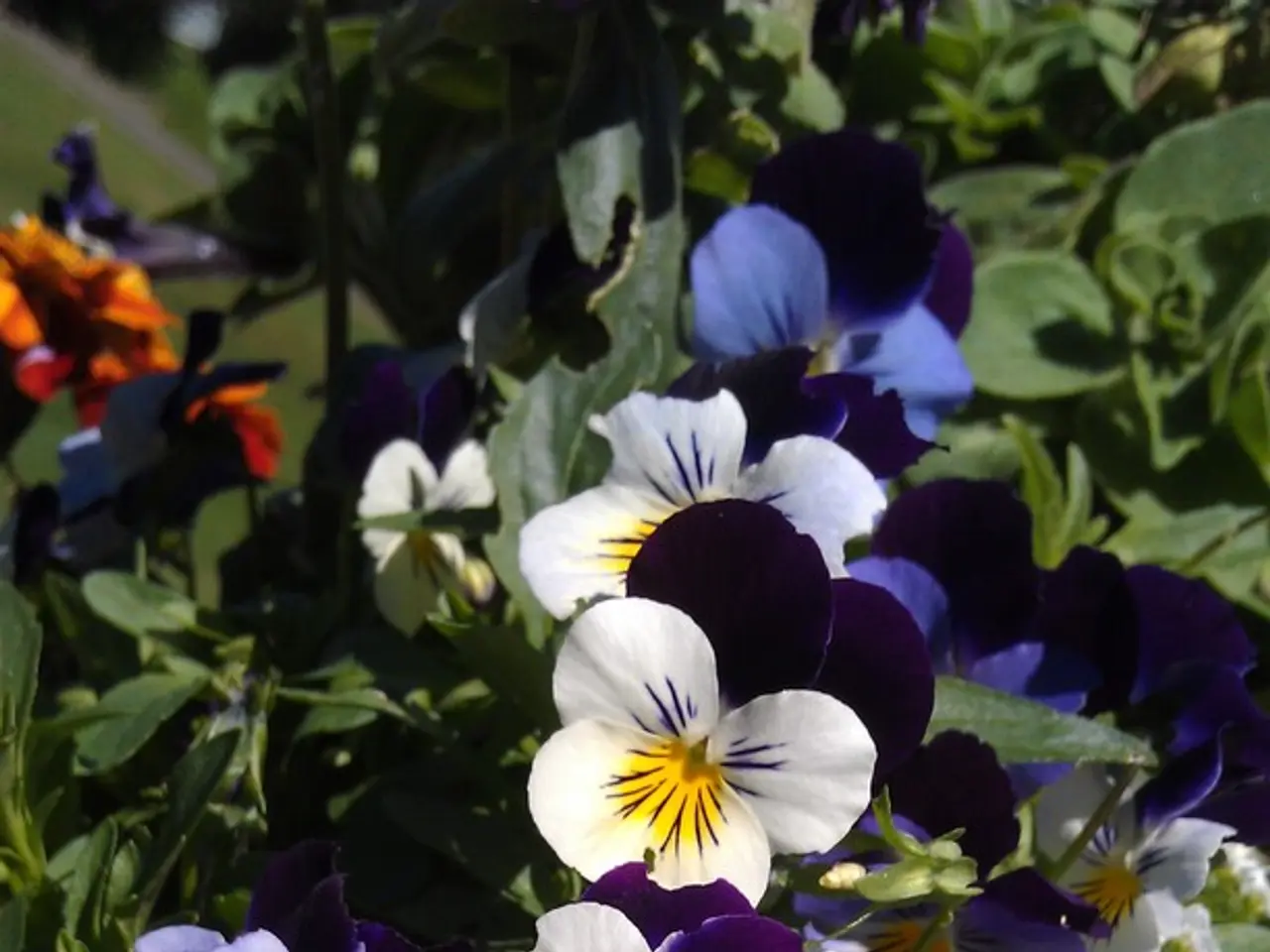Shrinking Pool of Ornamental Plant Vendors and Reduced Cultivation Sites
In the world of horticulture, Germany remains a significant player, standing alongside the Netherlands and France as key contributors to greenhouse cultivation and floriculture in Europe. However, the landscape of ornamental plant cultivation in the country is undergoing changes.
According to recent data, the total area used for ornamental plant cultivation in 2021 was approximately 6,270 hectares. This figure includes multiple uses on the same area for cut flowers, perennials, and other ornamental plants. Notably, North Rhine-Westphalia was the largest federal state for ornamental plant cultivation, holding nearly half of the area.
In 2021, a total of around 802 million bedding and balcony plants, perennials, and other ornamental plants were produced. The most important product was perennials, with approximately 133 million units. On the other hand, the production of pansies and violas (Viola genus) decreased by 30.5 percent to 127 million units. Geraniums (Pelargonium) remained unchanged at 67 million units.
Interestingly, the cultivation of heather (Calluna) decreased by 21.5 percent to around 91 million units in 2021. Conversely, succulents, green, and foliage plants saw a significant increase of 56.9 percent, almost reaching the production level of 2012 with 17 million units.
When it comes to cut flowers, in 2021, around 3,120 ornamental plant operations were in operation. In greenhouses and under high protective covers, roses took up the largest area with around 83 hectares for cut flower cultivation. Woody plants for green, flower, and fruit cutting occupied 410 hectares in outdoor cultivation of cut flowers. Outdoor cultivation of cut flowers in 2021 was dominated by summer flowers and cut perennials with 790 hectares. Summer flowers and cut perennials covered 25 hectares under greenhouses or high protective covers for cut flower cultivation.
However, the number of ornamental plant providers in Germany is decreasing mainly due to the high initial costs and investment barriers involved in adopting modern greenhouse technologies such as climate control, automated irrigation, and LED lighting. These high setup costs inhibit many small and medium-sized enterprises from upgrading or maintaining their operations, leading to a decline in providers in the sector.
Despite these challenges, the sector continues with government support and sustainable practices. Europe, as a whole, continues to be a significant region for nursery-grown and greenhouse flower production, supported by strong infrastructure and government incentives for sustainable agriculture. Globally, floriculture is growing with an expected market size increasing from USD 67.63 billion in 2025 to over USD 113 billion by 2032, indicating ongoing demand and investment in ornamental plants, with the Netherlands leading in this sector due to its export strength and technological innovation.
In conclusion, the decline in ornamental plant providers in Germany results primarily from cost barriers related to technology adoption in greenhouse cultivation. However, ornamental plant cultivation continues with government support and sustainable practices sustaining the sector, even as the overall market for floriculture grows significantly in Europe and globally.
A French lifestyle enthusiast might find an intriguing blend of home-and-garden items in a German nursery, as some popular ornamental plants like succulents and foliage plants have seen a surge in production, while others like heather have decreased. Meanwhile, the French home gardener could be inspired by the cultivation of perennials, which remains a significant industry in Germany.




